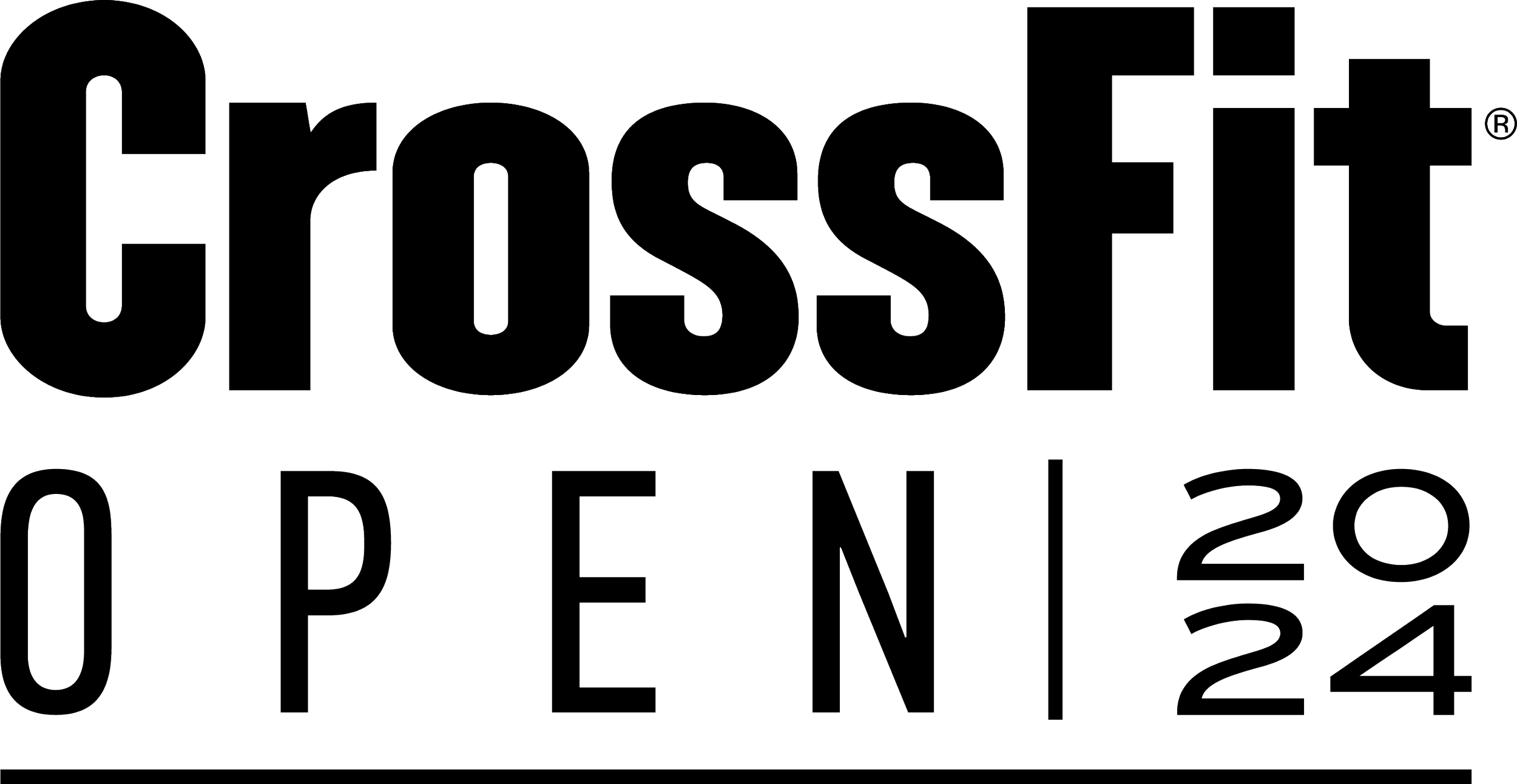Drowning Incidents in CrossFit Environments: Crossfit Drowning 2024

CrossFit workouts often incorporate high-intensity exercises and challenging movements, and some of these workouts may involve water activities. While water-based CrossFit workouts can offer unique benefits, they also introduce the risk of drowning. Understanding the potential for drowning incidents and implementing appropriate safety measures is crucial to ensure the well-being of CrossFit participants.
Risk Factors for Drowning in CrossFit Workouts, Crossfit drowning 2024
Drowning incidents in CrossFit environments are relatively rare but can occur in situations where water safety is not prioritized. Here are some specific factors that can increase the risk of drowning during CrossFit workouts:
- Water-based workouts: CrossFit workouts involving water activities, such as swimming, rowing, or pool-based exercises, pose a higher risk of drowning. These workouts often involve intense physical exertion and may push participants beyond their comfort zone, increasing the chance of accidents.
- Lack of supervision: Adequate supervision is essential during any water-based activity. If there are insufficient lifeguards or qualified personnel to monitor participants, the risk of drowning increases significantly. In a CrossFit environment, this could occur during workouts with a high participant-to-staff ratio or when workouts are held in unsupervised areas.
- Inadequate water safety skills: Individuals participating in water-based CrossFit workouts should have sufficient swimming skills and water safety knowledge. If participants are not comfortable in the water or lack basic swimming skills, they are at a higher risk of drowning.
- Overexertion and fatigue: Intense CrossFit workouts can lead to fatigue and exhaustion. If participants are overexerted or fatigued, their ability to stay afloat or rescue themselves in an emergency situation may be compromised, increasing the risk of drowning.
- Medical conditions: Individuals with certain medical conditions, such as heart conditions or epilepsy, may be at higher risk of drowning, especially if their condition is not properly managed or disclosed to the CrossFit facility.
Examples of CrossFit Workouts That Could Increase Drowning Risk
CrossFit workouts involving water activities, particularly those that require participants to be submerged in water, can increase the risk of drowning. Here are some examples:
- Swimming laps: High-intensity swimming laps can lead to fatigue and exhaustion, increasing the risk of drowning if participants are not adequately supervised or have sufficient swimming skills.
- Water-based AMRAPs (As Many Rounds As Possible): AMRAP workouts involving water activities can push participants to their limits, increasing the risk of drowning if they are not properly monitored or have adequate water safety skills.
- Pool-based exercises: Exercises such as underwater sprints, underwater push-ups, or underwater burpees can increase the risk of drowning if participants are not adequately supervised or have sufficient water safety skills.
- Rowing workouts: Rowing workouts, especially those conducted in open water, can pose a drowning risk if participants are not experienced rowers or if safety measures are not in place.
Importance of Water Safety Measures and Supervision
To minimize the risk of drowning during CrossFit workouts involving water activities, it is essential to implement appropriate water safety measures and provide adequate supervision.
- Lifeguards and qualified personnel: CrossFit facilities should have certified lifeguards or qualified personnel present during all water-based workouts to monitor participants and respond to emergencies.
- Water safety training: CrossFit participants should receive water safety training that includes basic swimming skills, water rescue techniques, and knowledge of water safety rules.
- Proper equipment: Participants should use appropriate equipment for water-based workouts, such as life jackets, flotation devices, and rescue equipment. The facility should have access to a first-aid kit and a defibrillator.
- Clear safety guidelines: CrossFit facilities should have clear safety guidelines and protocols for water-based workouts, including rules for participant behavior, supervision requirements, and emergency procedures.
- Risk assessment: Before conducting any water-based CrossFit workouts, facilities should conduct a risk assessment to identify potential hazards and implement appropriate safety measures.
Prevention and Mitigation Strategies

Preventing drowning in CrossFit facilities requires a multi-faceted approach, encompassing robust safety protocols, proper equipment, and informed participant behavior. Implementing effective strategies is crucial for mitigating the risk of drowning during water-based workouts.
Best Practices for CrossFit Facilities
Implementing best practices for CrossFit facilities involving water is essential to minimize the risk of drowning. These practices should encompass both facility design and operational procedures.
- Designated Water Areas: Establish clearly defined areas for water-based workouts, separating them from other training zones. This ensures participants understand the boundaries and limitations of the water area.
- Depth Markers and Buoyancy Aids: Install clear depth markers throughout the water area, and provide readily available buoyancy aids for all participants. This assists participants in understanding the depth and helps those with limited swimming skills stay afloat.
- Emergency Equipment: Equip the facility with essential emergency equipment, such as life rings, rescue poles, and first-aid kits. This ensures prompt and effective response in case of an emergency.
- Regular Inspections and Maintenance: Conduct regular inspections and maintenance of all water-based equipment, including pools, hot tubs, and other water features. This ensures that equipment is in good working condition and minimizes the risk of accidents.
- Clear Communication: Establish clear communication protocols for emergencies. This includes training staff on proper response procedures and ensuring that participants understand the emergency procedures.
Water Safety Protocol for CrossFit Classes
A comprehensive water safety protocol for CrossFit classes involving water is crucial to minimize the risk of drowning. This protocol should Artikel specific guidelines for both instructors and participants.
- Pre-Workout Assessment: Before each water-based class, instructors should assess participants’ swimming abilities. This includes asking about swimming experience, comfort levels, and any potential limitations. This assessment helps instructors tailor the workout to the participants’ capabilities.
- Buddy System: Implement a buddy system for all water-based workouts. This ensures that each participant has a designated partner who can provide assistance if needed. This system promotes vigilance and accountability during workouts.
- Water Safety Rules: Clearly communicate water safety rules to participants, including:
- Never swim alone.
- Stay within designated areas.
- Do not dive into shallow water.
- Avoid horseplay and roughhousing.
- If you feel tired or unwell, exit the water immediately.
- Instructor Supervision: Ensure that instructors are always present during water-based workouts and actively supervise participants. Instructors should be trained in water safety and CPR, and they should be able to recognize and respond to potential drowning situations.
- Post-Workout Procedures: Implement post-workout procedures to ensure participants are safe. This includes requiring participants to exit the water and report any issues or concerns to instructors.
Importance of Lifeguard Presence and Equipment
The presence of qualified lifeguards and appropriate equipment is essential for ensuring water safety during CrossFit workouts.
- Lifeguard Qualifications: Ensure that any lifeguards employed by the facility possess valid certifications and are trained in water rescue techniques. Lifeguards should be capable of recognizing and responding to drowning situations and providing appropriate first aid.
- Lifeguard to Participant Ratio: Maintain an appropriate lifeguard-to-participant ratio based on the size of the water area and the number of participants. This ratio should be determined based on local regulations and industry best practices.
- Lifeguard Responsibilities: Clearly define the responsibilities of lifeguards during water-based workouts. These responsibilities should include:
- Active supervision of participants.
- Enforcement of water safety rules.
- Prompt response to emergencies.
- Communication with instructors and management.
- Rescue Equipment: Equip the facility with essential rescue equipment, including life rings, rescue poles, and rescue tubes. This equipment should be readily accessible and in good working condition.
- First Aid and CPR: Ensure that lifeguards are trained in first aid and CPR, and that the facility has a well-stocked first aid kit. This ensures prompt and effective response in case of an emergency.
Crossfit drowning 2024 – The CrossFit drowning incident in 2024 was a tragic reminder of the importance of safety in the sport. While it’s easy to get caught up in the intensity of the workouts, it’s crucial to remember that water safety is paramount.
Lazar Dukic, a prominent tech innovator, recently released a video lazar dukic video discussing the importance of technology in improving safety measures, which could be applied to situations like the CrossFit drowning. Hopefully, incidents like this can be prevented in the future through increased awareness and proactive safety measures.
The CrossFit drowning incident in 2024 highlighted the importance of safety protocols in the sport. While the community mourned the loss, athletes like Lazar Dukic continued to push their limits, inspiring others with their dedication and strength. Check out Lazar’s incredible journey at the CrossFit Games here.
The 2024 incident served as a stark reminder that even in the face of tragedy, the CrossFit community remains resilient, constantly striving for excellence while prioritizing safety.